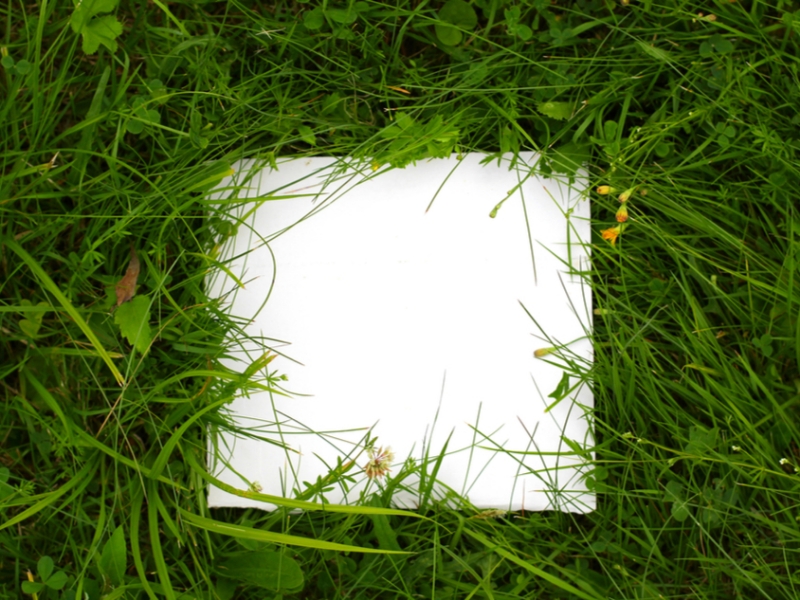Source: The Optimist Daily
Author: Vlad Harabara
Following an increasing number of people turning away from single-use plastic packaging, the market for paper packaging has seen a boom in recent years. More demand for paper, however, means more logging, some of which still happens in old-growth forests, which are major absorbers of CO2 and provide habitat for rare and critically endangered species. In an effort to provide a more sustainable alternative, a German startup decided to add another ingredient to the mix: grass.
According to the company, called Creapaper, making “grasspaper”—a mix of as much as half-grass and half-wood pulp—reduces the need for wood, and also significantly cuts the environmental impact associated with traditional paper production.
“When visiting a traditional pulp production factory and seeing the enormous amount of water, chemicals, and energy needed to turn wood into a soft pulp, our founder Uwe [D’Agnone] developed an obsession to find new alternative materials for papermaking,” says Michael Schatzschneider, CFO of Creapaper.
After experimenting with different materials, such as sugar beets and tomato leaves, D’Agnone found that straw from grass could be processed at existing paper mills. The process starts by drying the grass into hay and then processing it into pellets that are delivered to the paper mill.
“The real challenge was to find a paper mill willing to run real life tests on the papermaking machines,” says Schatzschneider. While larger mills weren’t interested, some smaller ones eventually agreed to run tests and confirmed that the process worked, reports Fast Company.
Creapaper claims that the novel material can decrease water use during paper production by as much as 99 percent, while saving 97 percent of the energy use, considerably decreasing the amount of associated carbon emissions. Not only that, but the new process also eliminates the need for heavy chemicals, such as sodium sulfate which is used in wood-pulp products to break down the wood.
The “grasspaper” can eventually be used in a variety of products, from bags and cardboard to tissue paper, each using a different blend of grass and wood pulp. Currently, the material is more expensive than traditional paper because it’s produced in small quantities, but that that would change once the process reaches an economy of scale, says Schatzschneider.
The post This paper is partly made from grass to reduce its environmental footprint first appeared on The Optimist Daily: Making Solutions the News.

